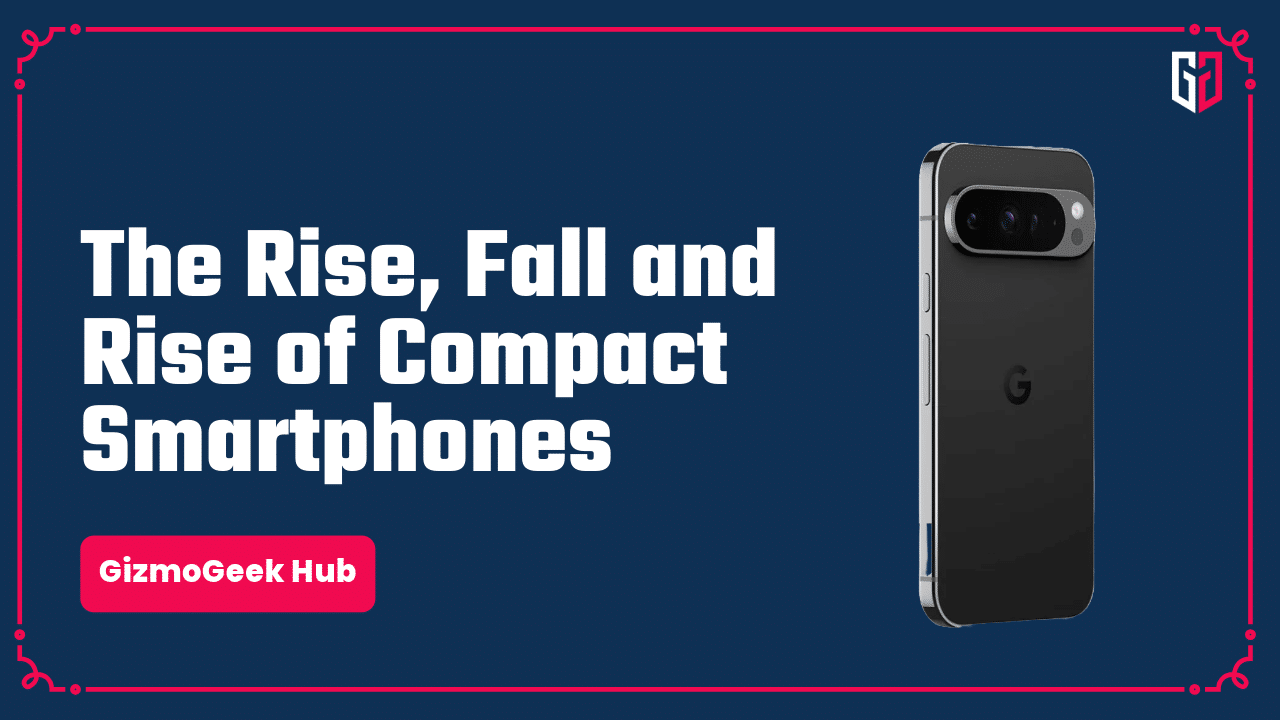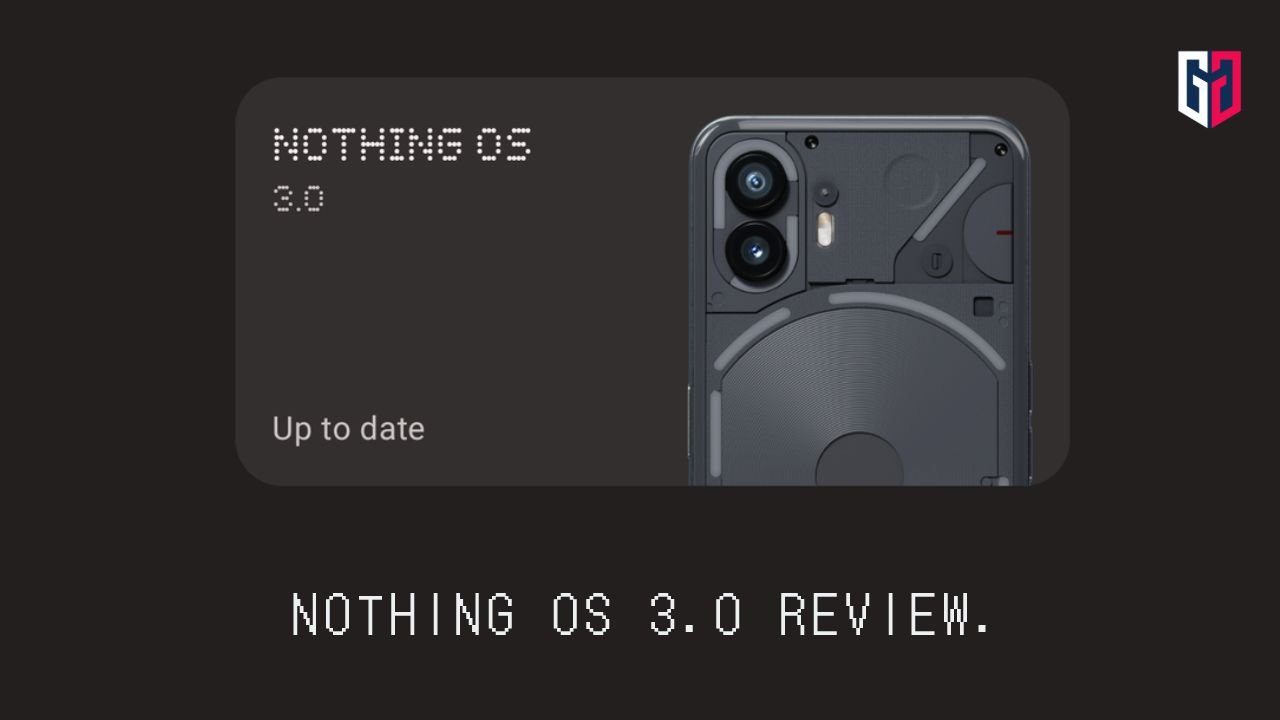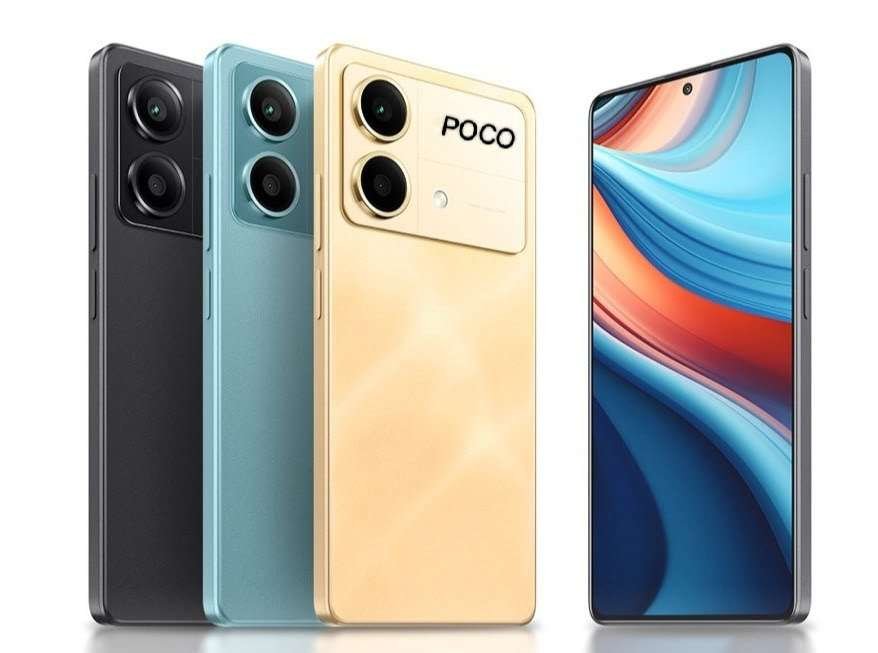One of the most important aspects of a phone is its size. And in today’s world, just as prices of commodities have increased, the size of smartphone screens has as well. There used to be a time when the largest smartphone was only 5 inches. But now, the average smartphone is 6.7-inches, with flagships often reaching a whopping size of 6.9-inches—it is almost like carrying a tablet in your pocket.
But the question is, how did we get here, and why did we? Why did we move from small phones that fit in the hand to big phones that barely fit in pockets? To find out, you have reached the right place.
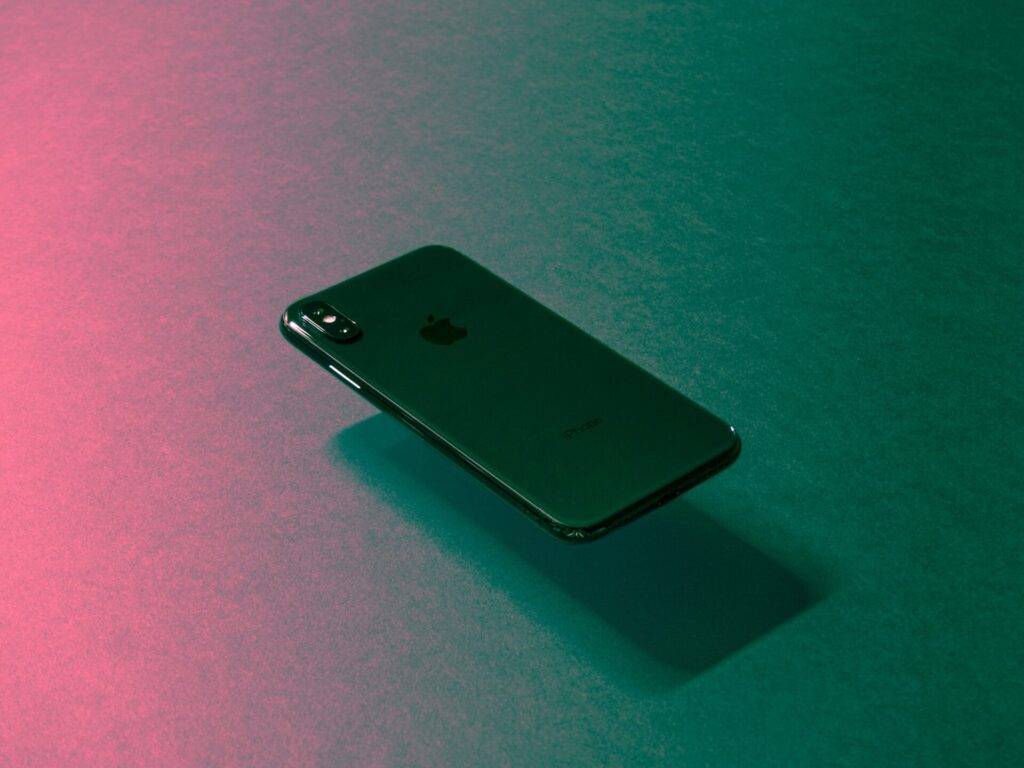

The Definition of a Compact Phone
Before we even begin, what even is a compact phone? I would describe it as a device that is small, easy to hold, carry around, and most importantly of all, doesn’t compromise much.
A compact phone was initially considered to be a 5-inch device. But times have changed, and today, a compact phone is widely considered to be one between 6 and 6.3 inches.
With that being clear, let’s begin.
The Dawn of Smartphones and The Compact Phone
Smartphones have been a thing since the 1990s. It all began with devices like the IBM Simon Personal Communicator (1994), Nokia 9000 Communicator (1996), and the Ericsson GS88 (1997), which all featured a tiny 4.5-inch display.
Then, about a decade later, the real smartphones started to come out. The iPhone, while not being the first phone to feature a touch display, is renowned for bringing the touch revolution into the smartphone market, dethroning Blackberry’s keyboard regime. The first iPhone had a 3.5-inch capacitive color touchscreen, which set a standard during that time. More and more companies began to adopt similar technology and sizes.
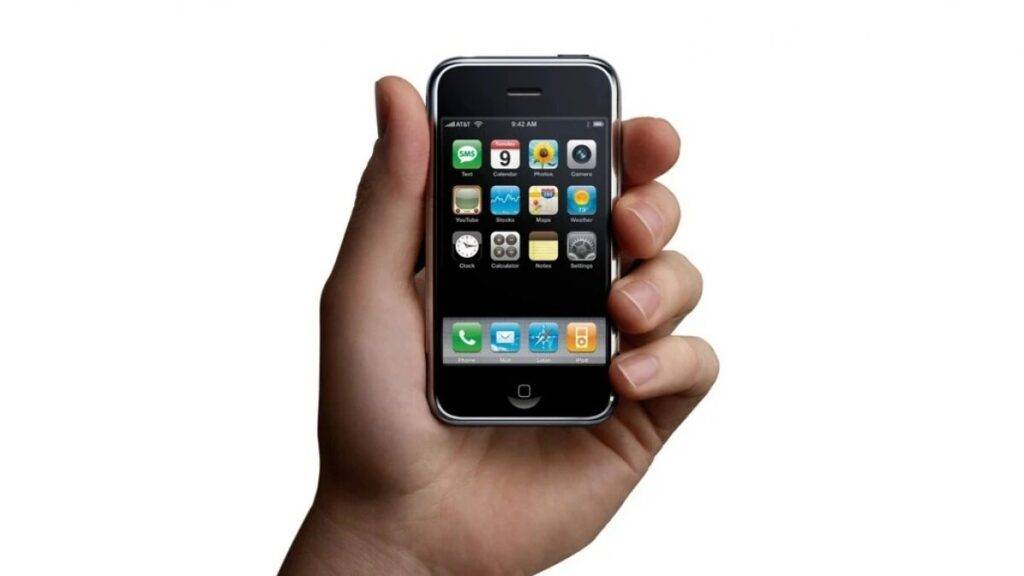

Almost another decade later, most flagships had screen sizes between 4-inch and 4.7-inch. Such devices were the iPhone 4/4S (3.5-inch), iPhone 5 (4-inch), Samsung Galaxy S3 (4.8-inch) and Nexus 4 (4.7-inch), to name a few. The public absolutely adored such small devices. Screens under 5-inch were considered to be the sweet spot for smartphone sizes, as they were easy to hold and use with one hand, and were “pocketable” and lightweight.
The Transition to 5-inch
The mid to late 2010s was the rise of the 5-inch phone. With the iPhone 6 Plus, Apple jumped to a 5.5-inch display. Apple wasn’t the only one to increase the size of their devices. Samsung also made the jump from the 4.0-inch Galaxy S in 2010 to a 5.1-inch display size in the Galaxy S5 in 2014. Google might have been the biggest at that time, with the Nexus 6 in 2014 featuring a 5.96-inch display. Another few years later, almost all flagships were above 5-inch, such as the Galaxy S7 (5.5-inch, 2015), Google Pixel XL (5.5-inch, 2016), iPhone 7 Plus (5.5-inch, 2016), and OnePlus 3/3T (5.5-inch, 2016).




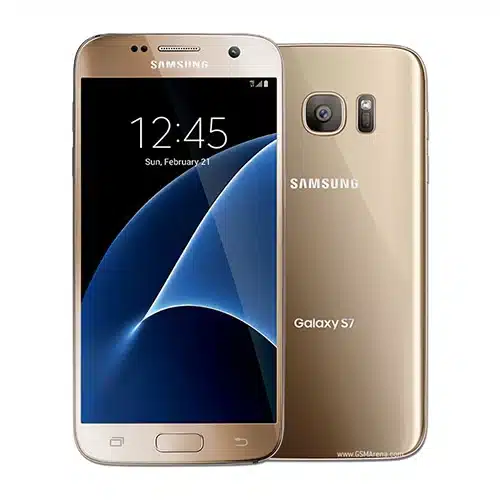

This wasn’t accepted the way 4-inch phones were adored by the people. It was a very controversial change, as people would lose the compact form factor they loved on their phones. Devices above 5-inch were popularly referred to as “Phablets”, combining the words “phone” and “tablet”.
The Rise of the 6-inch Phone
So, until around 2018, almost all phones were above 5 and 6 inches. It was during 2019 that the shift to displays bigger than 6-inch happened. This is evident with the release of devices like the Apple iPhone 11 Pro Max (6.5-inch, 2019), iPhone 12 Pro Max (6.7-inch, 2020), Samsung Galaxy S20+ (6.7-inch, 2020), Galaxy S10+ (6.4-inch, 2019), Galaxy Note 10+ (6.8-inch, 2019), OnePlus 7 Pro (6.67-inch, 2019), Google Pixel 4 XL (6.3-inch, 2019), and Huawei P30 Pro (6.47-inch, 2019). This was the period when the new flagship smartphone size had been decided.
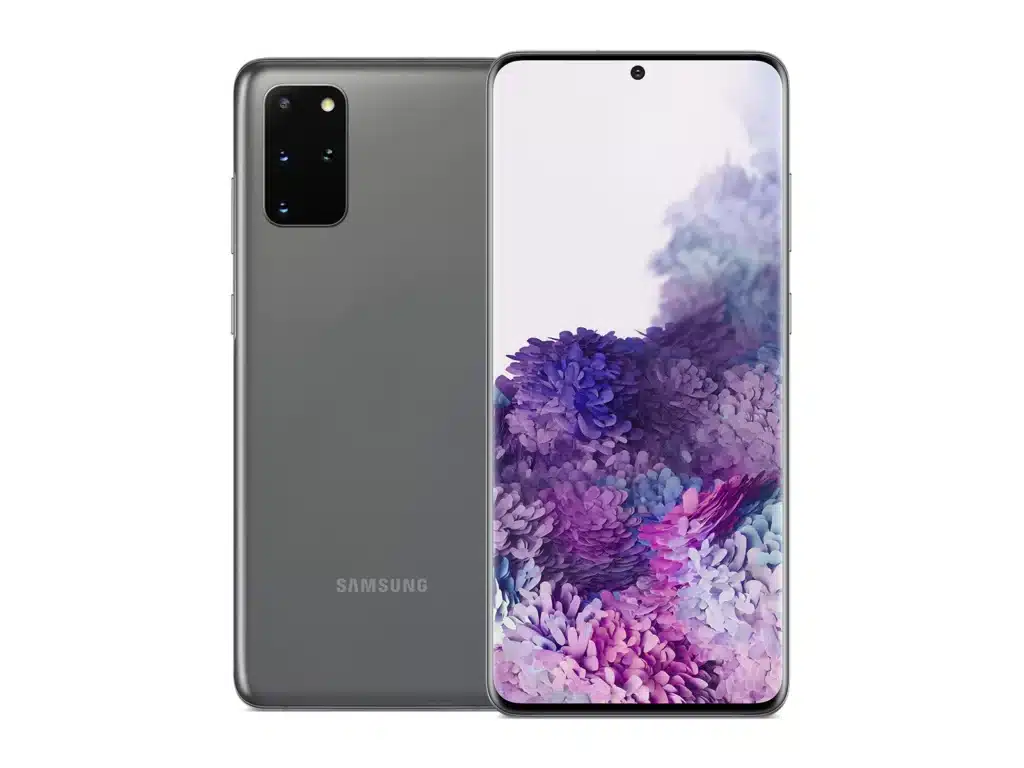



Moving forward into the 2020s, all flagships adhered to this size. The flagship iPhone, the Galaxy S-series, the OnePlus number series, Google Pixels, you name it, every device from virtually every manufacturer came with a display size of over 6 inches, averaging between 6.5 inches and 6.7 inches.
The Fall of the Compact Phone
As all devices moved to a display size of around 6.5 inches, people have since lost their beloved compact phone. But what exactly were the factors that drove manufacturers to keep on increasing smartphone sizes?
Demand for a larger display
We discussed that people at first were against the phablet revolution, as it compromised compactness. That seems to have changed, as people started to demand for a larger display size. This was because phones began to be widely used for media consumption, gaming, reading, and social media, which all needed larger displays. Smaller displays mean smaller real estate for consuming media, and people didn’t like that.
Better Display Technology
Bezels started to become thinner, increasing the ‘screen-to-body ratio’ of smartphones. This was followed by a shift from traditional aspect ratios like 16:9 to aspect ratios like 18:9, 19.5:9, and 20:9, essentially allowing smartphones to be taller, which directly meant more screen size and space for consuming content.
Battery
This was one of the main reasons for the fall of compact phones. A smaller phone body meant a small battery, which would result in the phone not lasting long enough for a user’s needs. Small batteries were hated by enthusiasts and casual users alike, resulting in the creation of larger phones that could house larger batteries.
Better Cameras
Just like the concern with battery, a larger chassis allows for a better camera system, something which compact smartphones of olden days often lacked.
Failed Revivals of the Compact Phone
After the transition to large phones, people often looked for a smaller device that was meant for pocketability and compactness. To address the demand of a considerable population of people, companies started to come up with a smaller version of their devices.
Apple, for instance, started to make a ‘mini’ version of their smartphones, starting with the iPhone 12 Mini in 2020, which featured a 5.4-inch display, which was much smaller than the 6.1-inch iPhone 12. It, however, only lasted till the iPhone 13 Mini, after which it was killed off. Ironically, the Mini series’ sales performed poorly. The 12 Mini only made up about 6% of iPhone 12 sales in the US, and its successor performed even worse. Another reason was the below-average battery size.
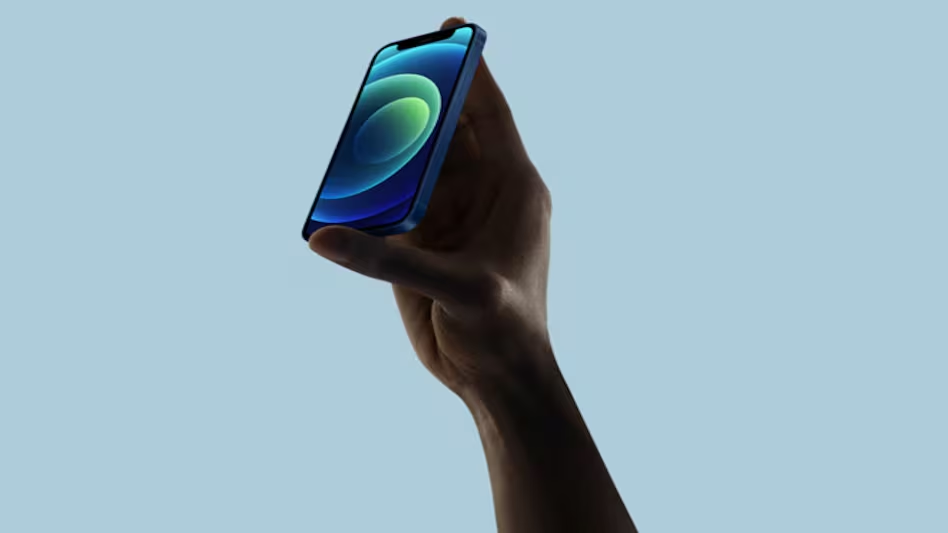

The Rise of The Compact Phone, Again
With large, tablet-like flagships dominating the smartphone market, the compact phone was thought to be dead for good. But just like how a phoenix rises from its ashes, the compact phone is now alive and kicking.
People are tired of large phones. It is a hassle to carry around, heavy to hold, and hard to use with a single hand. The users long for a compact experience, a device that they can carry around without any trouble, and one that they can use easily with a single hand. But most important of all, people are tired of compromises. Earlier, large phones were the flagships, and the ‘mini’ version, which was released, came with a lot of compromises, all for a compact form factor. These compromises include an inferior camera system, worse performance, and the mother of all compromises, the battery.
These last two years have changed the public’s perception of compact devices. Compact devices no longer have to compromise on battery. This is achieved by using Silicon Carbon (SiC) battery instead of the usual Lithium-ion battery. SiC battery tech offers better battery efficiency, thermal handling, longer lifespan, faster charging, and larger sizes. This makes it much better than using Li batteries. Thanks to this recent innovation, compact phone enthusiasts no longer have to compromise on the battery! The SiC revolution is upon us, and more and more manufacturers are opting to use SiC batteries on their devices. Such batteries allow even 7000 mAh!
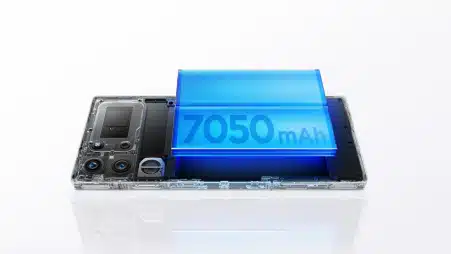

Apart from SiC batteries, processors also play an important role in battery efficiency. Processors like the Snapdragon 8 Elite and Dimensity 9400 are two flagship chipsets that are considered to be very power-efficient. They feature 3nm transistors, meaning more transistors can be fit on a chip, resulting in improved performance, reduced power consumption, and better thermal management.


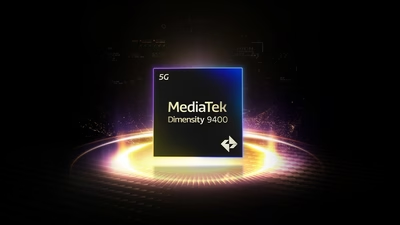

Now, I’d say the device that completely redefined the compact smartphone was the vivo X200 Pro Mini. Launched in October 2024, this device is a ‘Mini’ version of the vivo X200 Pro. Despite carrying the often-heard ‘Mini’ moniker, this device lives up to its ‘Pro’ moniker. This device features a 6.3-inch display, but doesn’t compromise on battery, as it features a 5700 mAh battery thanks to SiC tech. You can easily get 7-8 hours of battery life with significant usage.
It has one of the best camera systems in the market, with a 50/50/50 camera setup. The only thing it lacks from its big brother, the X200 Pro, is its 50/200/50 camera setup with a 200 MP telephoto and a larger battery. But it is absolutely incredible that vivo fits in such an impressive camera system and a big battery, for a considerably smaller size than the X200 Pro.
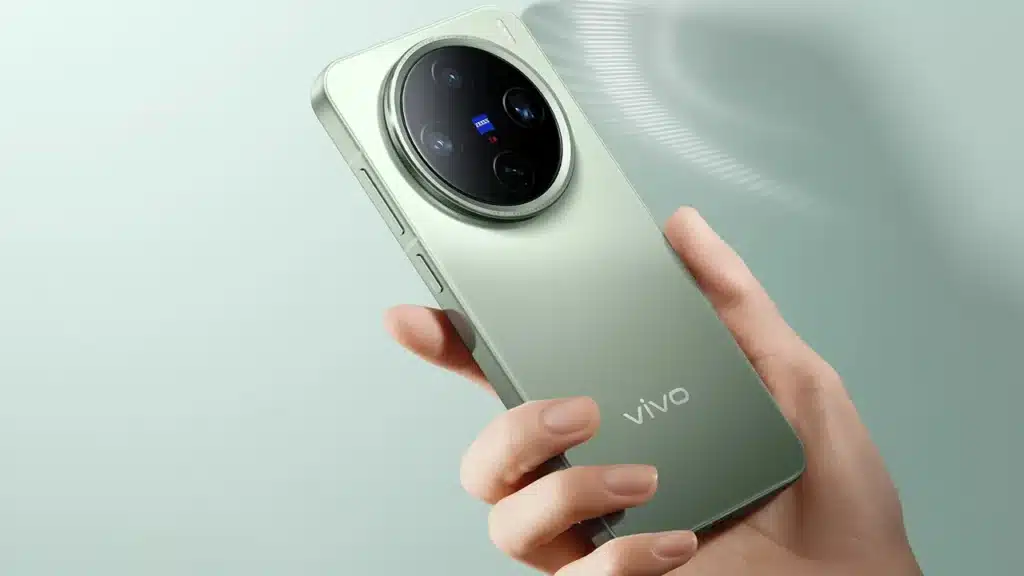

This device is a testament that small phones don’t necessarily need to give up on the best parts of a smartphone. It focuses on the parts that were the very reason for the decline of compact smartphones.
More and more companies are now making smaller phones, for the world has renewed interest in compact devices. Phones like OnePlus’ upcoming 13T/13s, Galaxy S25, Pixel 9 Pro, and iPhone 16 Pro are some examples of compact devices.
Although the compact phone trend has disappeared from the budget and midrange segments, with these segments producing practically no compact smartphones in the last three years, it still exists in the premium-midrange and flagship segments. These smartphones might very well make a comeback at this pace of development.
Conclusion
With better battery tech, power-efficient processors, and promising cameras, compact smartphones may very well make a comeback in all smartphone segments. Compact smartphones must exist, for a lot of people genuinely prefer using a smaller device. And for the people’s wish to come true, compact smartphones must exist not only in the flagship segment, but also in the budget and midrange segments.
Compact smartphones were almost a thing of the past, but due to development in technology, they are upon us once again. They never deserved to die out, but the market is volatile, and so they went! The compact phone is the Lazarus taxon of the smartphone world, and we welcome back these tiny powerhouses to the party.
We hope this article was helpful to you. Continue reading GizmoGeek Hub for more tech news, stories, and reviews that will keep you up to date on the newest trends and advancements in technology. We attempt to provide in-depth and unbiased reviews, detailed tutorials, and up-to-date news to help you improve your tech knowledge and expertise.
Keep reading GizmoGeek Hub for more such articles & reviews.
Follow us on YouTube, X (previously Twitter), Instagram, LinkedIn, and our WhatsApp Channel to stay up to date on the latest news, announcements, and behind-the-scenes stuff.

